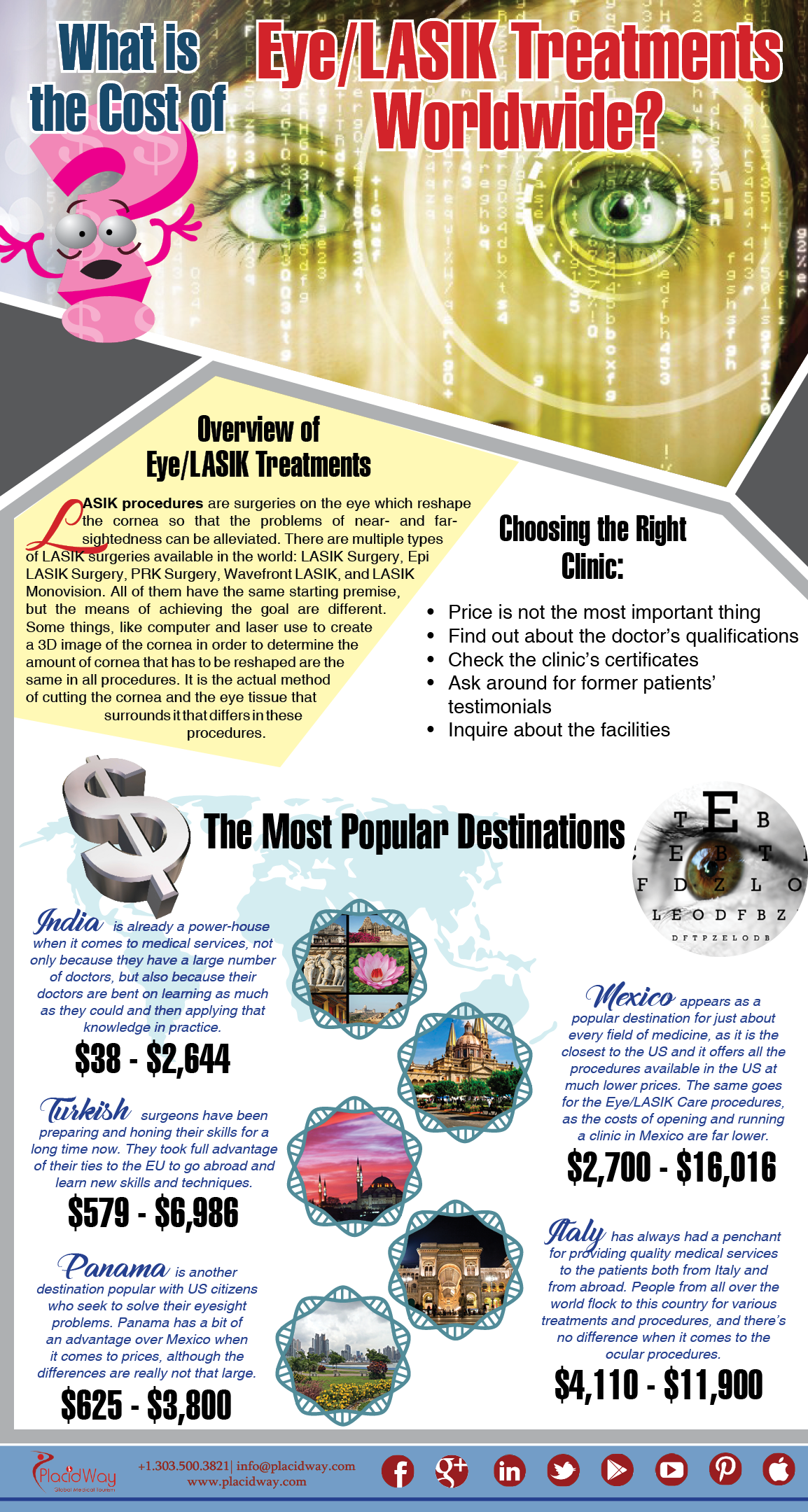The Extensive Frequently Asked Question On Refractive Lens Exchange: Essential Information You Need To Know
The Extensive Frequently Asked Question On Refractive Lens Exchange: Essential Information You Need To Know
Blog Article
Staff Author-Kincaid Huynh
If you're considering refractive lens exchange, you possibly have a great deal of inquiries. This treatment can alter just how you see the world, providing advantages like lowered dependence on glasses. However, it's vital to comprehend the process, dangers, and who qualifies as an excellent candidate. Let's explore these important aspects so you can make an informed decision concerning whether RLE is right for you.
What Is Refractive Lens Exchange and How Does It Work?
Refractive lens exchange (RLE) is a procedure made to replace your eye's all-natural lens with a synthetic one, correcting vision concerns like nearsightedness, farsightedness, or presbyopia.
Throughout the procedure, your cosmetic surgeon makes a little incision in the eye, removes your natural lens, and inserts an intraocular lens (IOL) tailored to your vision needs. This outpatient surgical procedure typically takes around 15 to half an hour per eye and is carried out under regional anesthetic.
You'll likely discover enhancements in your vision nearly immediately, though total recovery may take a few weeks. RLE is especially helpful for those over 40 or with high prescriptions, offering a long-lasting option contrasted to glasses or get in touch with lenses.
Your eye treatment specialist can help determine if RLE is right for you.
What Are the Advantages and Risks of Refractive Lens Exchange?
Selecting refractive lens exchange can bring about significant improvements in your vision, but it is essential to evaluate both the advantages and risks before deciding.
On the bonus side, this procedure can improve your vision by fixing problems like presbyopia, myopia, and hyperopia. Several individuals enjoy decreased reliance on glasses or get in touch with lenses, which can greatly boost their lifestyle.
Nonetheless, https://gayle-rosemarie.federatedjournals.com/a-detailed-overview-to-laser-vision-improvement-exposes-important-insights-that-could-change-your-perspective to take into consideration prospective threats. Problems can include infection, glare, or halos around lights.
There's additionally an opportunity of overcorrection or undercorrection, which may require extra treatments.
That Is an Ideal Prospect for Refractive Lens Exchange?
If you're considering refractive lens exchange, it is very important to understand whether you fit the profile of an excellent prospect. Usually, you might be a great candidate if you're over 40, experience presbyopia, or have high levels of nearsightedness or farsightedness.
It's additionally essential that your vision is secure, indicating your prescription hasn't changed substantially in the past year. If you have cataracts or various other eye conditions, you could take advantage of this treatment as well.
Nonetheless, certain variables, like unchecked diabetic issues or autoimmune conditions, could disqualify you. To identify your candidacy, consult with an eye treatment expert who can evaluate your details circumstance and suggest the best course of action tailored to your demands.
Conclusion
To conclude, refractive lens exchange can be a transformative choice for improving your vision, particularly if you more than 40 or have a high prescription. While look at more info are considerable, it's essential to evaluate the threats and speak with your eye care professional to identify if you're a perfect candidate. With Multifocal Lens Cataract Surgery Raleigh and guidance, you can make an educated decision and possibly appreciate a life with lowered dependence on glasses.
